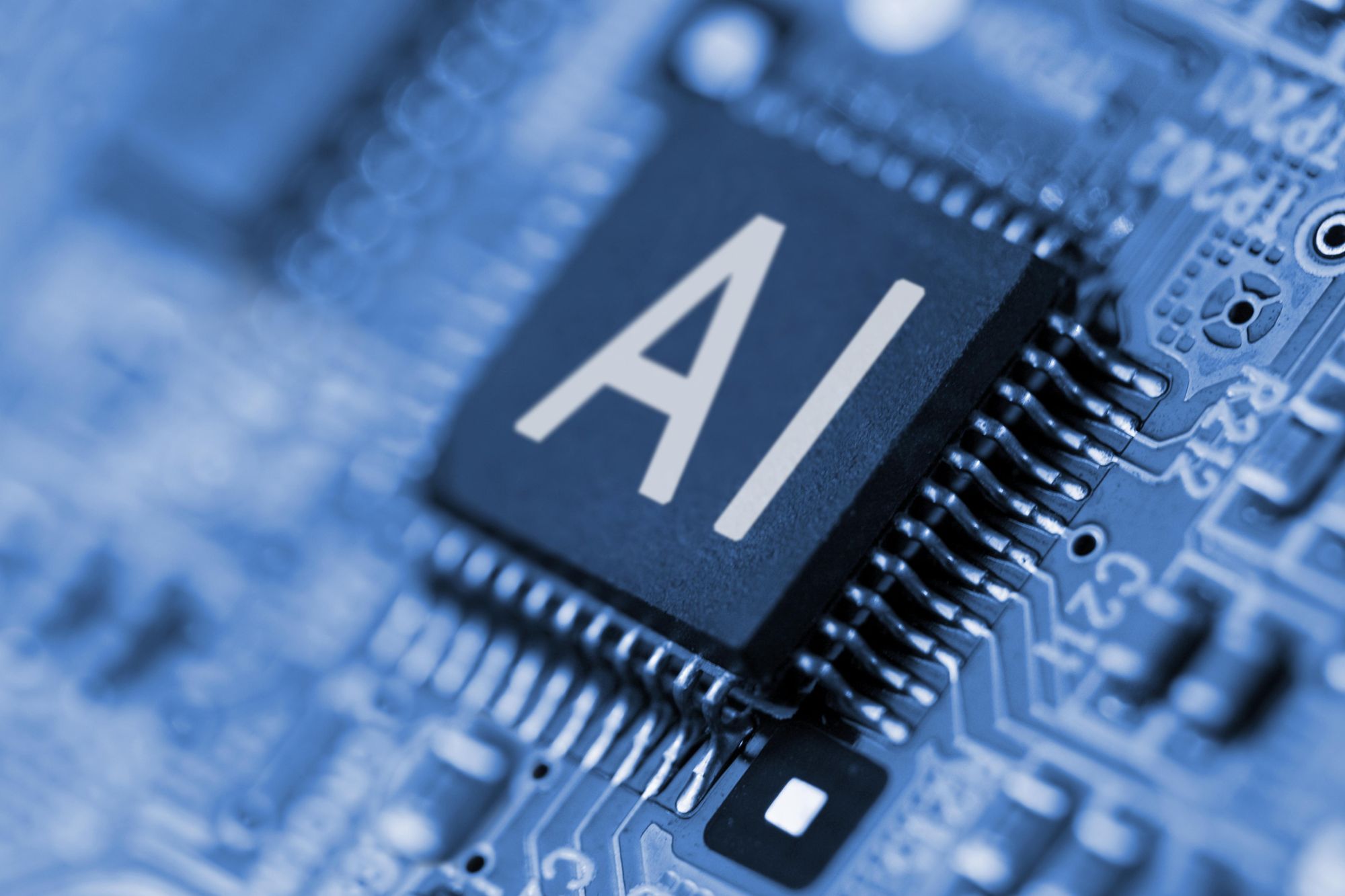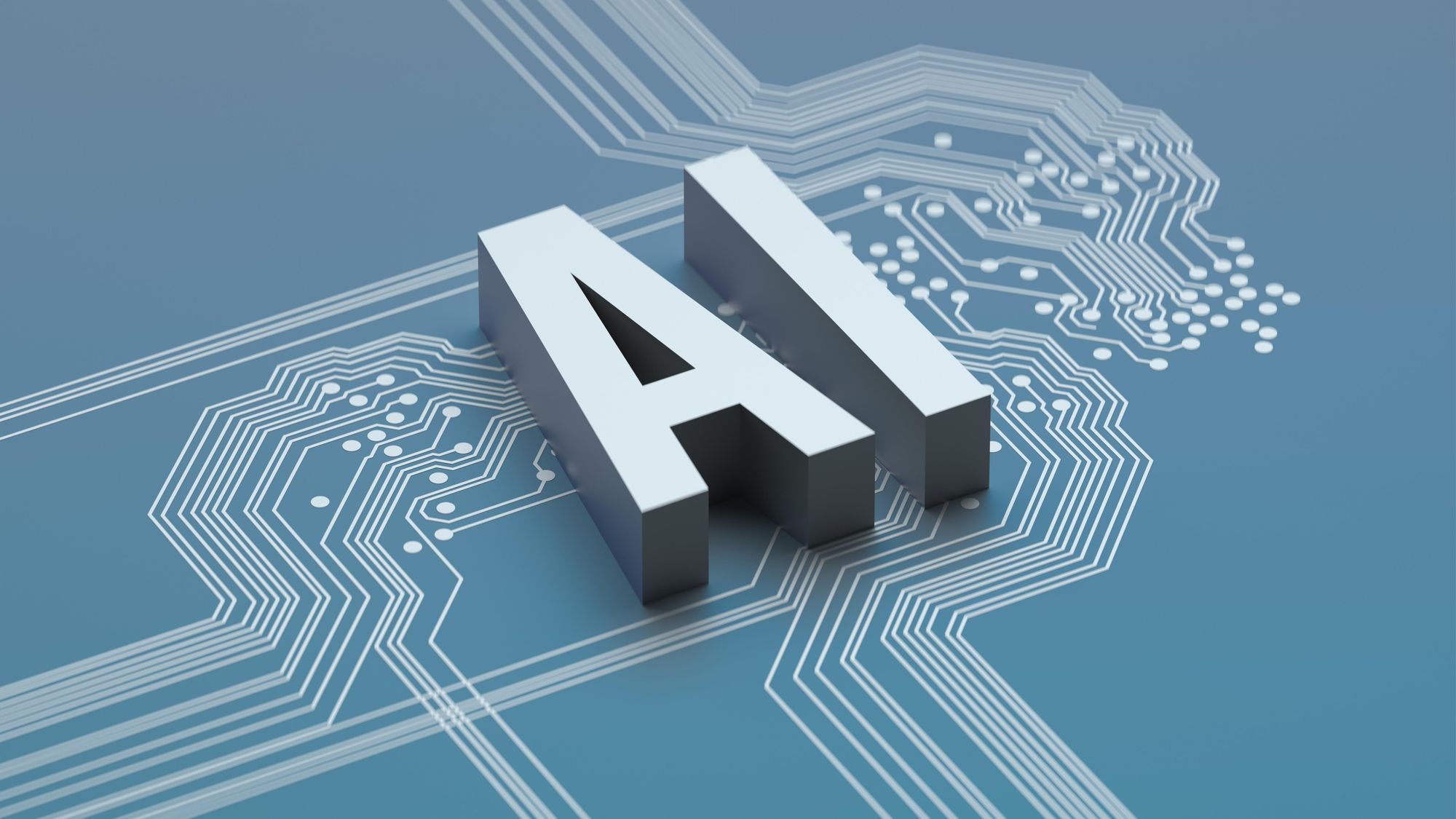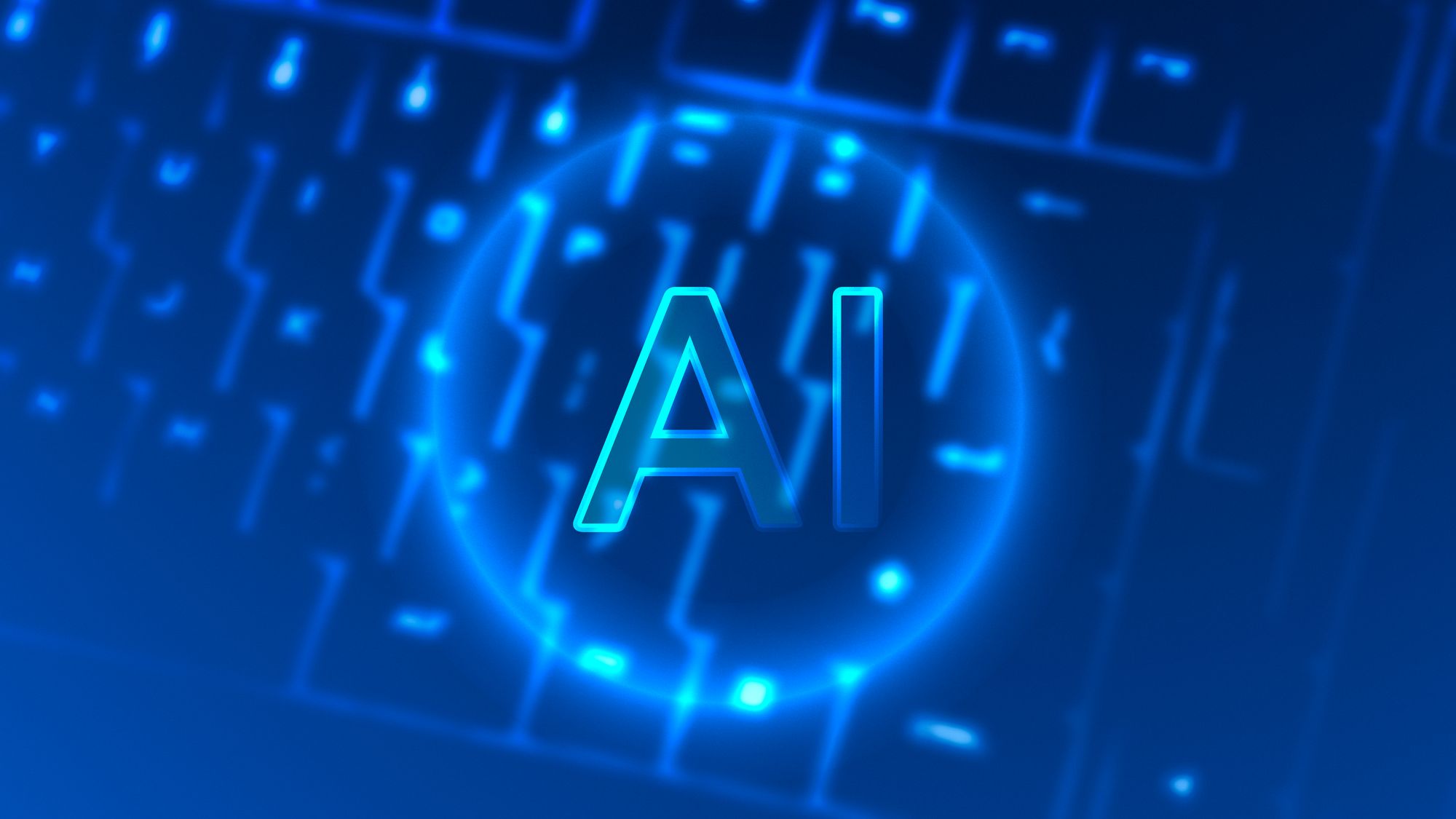How Far Away Are We From Fully Automated AI Link Building?

These days, we need to have a real talk about the hype surrounding AI and link building automation. There seems to be a perception that artificial intelligence will soon be building links at scale without humans. But the reality is, we still have a ways to go before the technology is capable of fully replicating the nuanced link building skills and strategies we humans bring to the table.
The Current State of AI and Link Building
Don't get me wrong - AI has made strides assisting with certain repetitive link building tasks. For instance, tools powered by natural language processing can streamline content creation for link prospects by generating rough drafts and headlines optimized for targets. AI can also be helpful for initial link prospecting by assessing on-page content and identifying potential targets. These are the more formulaic, data-driven aspects of link building that machines can handle fairly well.
However, crafting truly compelling outreach that persuades publishers to link remains firmly out of reach for AI. Building relationships, negotiating placements, and tailoring pitches requires emotional intelligence and interpersonal skills current technology simply does not possess. Even advanced chatbots cannot have genuine conversations to build rapport with prospects. The nuanced social abilities needed for quality link building are innately human.
Overview of existing AI capabilities for link building tasks
Speaking of nuance, AI also falls short when it comes to conceptual link building. Coming up with creative strategies and angles tailored to a website requires context and strategic thinking that AIs still lack. The ability to understand abstract ideas and then ideate innovative concepts aligned with broader goals is an area where humans have the clear edge. For the foreseeable future, high-level link building strategy will remain the domain of human professionals.
And let's not forget - today's AIs cannot actually write eloquent prose tailored for premium publisher placements. While they can analyze data and generate rough content, the linguistic mastery needed for nuanced topics and persuasive writing eludes them. Creating high-quality, engaging content that earns links simply requires human creativity and language skills machines do not currently possess.
Limitations of current AI technology
The bottom line is that while AI will increasingly optimize and enhance parts of the link building workflow, fully autonomous link building without human involvement remains unrealistic for now. Tasks involving strategy, relationships, creativity and persuasive language are still firmly dependent on the ingenuity only people can provide. Rather than replacing us, artificial intelligence is destined to be an assistant that complements uniquely human strengths for the foreseeable future. But who knows, maybe someday in the distant future bots will be able to build links completely independently. We're just not there yet.
While today's AIs can assist with certain link building tasks, there remain major technological barriers to creating truly advanced artificial intelligence capable of autonomous link building. Overcoming these challenges will be critical to develop AI that can replicate human skills and strategies. Let's explore three key problem areas.

Key Challenges to Developing Advanced AI Link Building
Understanding Context and Conceptual Relationships
One monumental challenge is developing AI with the contextual comprehension needed for conceptual link building. Currently, even sophisticated natural language processing models do not fully grasp abstract concepts or relationships between ideas the way humans can. This makes strategizing conceptual links aligned with a website's broader goals extraordinarily difficult for machines.
To ideate high-value link concepts that add relevance by association, AI needs the capacity for deeper semantic understanding beyond keyword matching. It must be able to model conceptual connections between disparate topics and understand these relationships within broader context. Developing this level of human-like conceptual reasoning remains a massive obstacle.
Producing High-Quality, Natural Language Content
While AI can generate rough draft content for links, producing truly high-quality prose still confounds the technology. The nuanced writing style, eloquent language, and seamless structure of human writing remains unattainable by machines. Even with advances like GPT-3, the output is stilted and obviously artificial upon close inspection.
Creating content that reads as natural, persuasive, and engaging to earn links from publishers with high editorial standards is extremely technically challenging. It requires mastery of language and narrative structure that AI has yet to demonstrate. This limitation also extends to crafting personalized outreach. The gap between human and AI writing quality persists.
Conducting Actual Outreach and Relationship Building
Arguably the biggest barrier to automated link building is that current AI lacks the capacity for genuine relationship building and strategic negotiation. Successful outreach requires understanding emotional cues, building rapport, and tailoring conversations - innately human interpersonal skills. Even if AI manages to produce high-quality content, it cannot independently form connections with prospects or have persuasive discussions to earn links.
Developing human-level emotional intelligence and social skills in AI remains an enormous challenge and key bottleneck. Autonomously conducting personalized outreach at scale to forge relationships and negotiate win-win linking opportunities is likely years if not decades away. Meaningful human oversight of outreach will stay essential for the foreseeable future.
While fully autonomous link building is still distant, AI can provide meaningful automation in the near future. Certain link building tasks are ripe for optimization and enhancement with the right technology. Let's explore some realistic levels of automation on the horizon.

What Levels of Automation are Realistic in the Near Term?
AI Assistants for Link Building Workflows
AI-powered assistants can help streamline link building workflows by automating administrative tasks. For instance, prioritizing prospects, scheduling outreach cadences, and tracking interactions can be handled by AI workflow bots. These assistants can work behind the scenes to optimize repetition-heavy parts of the process, freeing up link builders to focus on higher value work.
Assistants can also aggregate data, surface insights, and provide recommendations to inform link builder decisions. Alerting to new opportunities matching defined criteria and reporting on performance metrics are straightforward applications of AI. The goal is not to replace link builders but rather augment human capabilities and judgment.
AI Tools for Content Creation and Outreach Optimization
We can expect AI tools to increasingly help with content production and initial outreach. Automated content writing assistance is already advancing thanks to natural language generation models. AI can draft relevant content optimized for target keywords and topics to form the basis of link pitches.
Outreach optimization will also improve using AI to A/B test messaging, analyze responses, and identify the highest performing tactics. Link builders can use these insights to refine and tailor outreach that resonates with prospects. AI will help guide outreach strategy but human copywriting and relationship-building skills will remain vital.
The Need for Human Oversight and Involvement
It is imperative to remember that human oversight remains essential to ensure link building quality and relevance. AI should only be leveraged to augment people, not replace them entirely. Without human guidance, links built by pure automation run the risk of being low-quality or irrelevant.
Humans must direct AI tools using their linking experience and business judgement. For the foreseeable future, only people can provide the high-level strategy, creativity and relationship building that effective link building demands. Rather than handing link building tasks wholly over to AI, the focus should be amplifying human capabilities with smart technology where it adds value. The human touch remains indispensable.
Predicting when artificial intelligence will reach the point of fully autonomous link building is an inexact science. However, we can analyze the trajectory of AI innovation to make educated projections. While benchmarks vary, most experts agree we are still years if not decades away from human-level link building AI.
When Will We Reach the Pinnacle of AI Link Building?
Assessing the Trajectory of AI Development
There is no denying AI capabilities are rapidly advancing thanks to increases in data, compute power, and algorithmic sophistication. However, progress is uneven. AI excels at narrow, structured tasks but struggles with broad human capabilities. Link building involves complex writing, creativity, strategy, and relationship-building skills that push the limits of AI.
Innovations often follow an "S-curve" of slow initial progress, rapid advancement, and finally plateauing as technology matures. By many measures, we are still in the early stages of the S-curve for AI skills necessary to master link building. This suggests we have a long runway of advancement ahead before reaching human parity.
Potential Timeline for Advanced AI Link Building Based on Projections
Most researchers peg human-level AI at around 20 to 50 years out. However link building may take longer given its blend of creative and social skills. Based on the complexity of tasks involved, true autonomy likely remains over 50 years away.
More conservatively, we can look to intermediate milestones. Within 10 years, assistants may coordinate and optimize workflows. In 20 years AI could plausibly draft content and conduct basic outreach. Sophisticated relationship building may take 30+ years to master. Full autonomy could follow another decade after achieving human parity across all underlying skills. This admittedly speculative timeline suggests link building applications will unroll gradually over the next 30 to 70 years.
Remaining Barriers to Fully Autonomous Link Building
Before reaching the apex of AI link building, key barriers around creativity, language mastery, emotional intelligence, and contextual understanding must be overcome. We are still far from AI that can strategize innovative concepts, write persuasive prose, hold nuanced conversations, or understand broader context. Each of these capabilities presents monumental technical challenges requiring paradigm-shifting innovations to unlock fully autonomous link building.
In short, the pinnacle likely remains distant. Projections should be tempered by the complexity of tasks and degree of advancement needed. But if history is any guide, we should not underestimate the potential for punctuated progress once key inflection points are reached. The link building AI horizon will come gradually into focus over time.
As AI assists with more automatable link building tasks, the role of human link builders will evolve. While outright replacement is unlikely any time soon, responsibilities will shift towards strategy, relationships, and overseeing AI. Link building careers will be redefined by smart integration of human and machine capabilities.

The Future of Work: How AI Changes the Role of Link Builders
Evolving Responsibilities With More Automated Tasks
As AI handles repetitive tasks like initial data processing and content drafting, link builders will be freed up to focus on high-level strategy and execution. Day-to-day work will shift towards relationship management, consultation, campaign optimization, and maximizing integrated AI tools rather than doing everything manually.
More time can be dedicated to big picture strategy, innovating link concepts, and nurturing connections with prospects. AI will change the complexion of tasks, not the fundamental need for human involvement in high-value work. Technology will assist people in doing their jobs better.
Focus on Strategy, Relationships and Maximizing AI Tools
Successful link builders will embrace partnerships with AI, directing tools using human business judgement. Rather than being threatened by technology, leading link builders will focus on maximizing integrated AI capabilities to amplify strategy and performance.
Deep relationship building and negotiation skills will stay vital even with AI content creation. The ability to build rapport, tailor conversations, and strategically pitch prospects cannot be automated. Forging relationships and developing creative strategies will remain distinctly human endeavors augmented by tech.
New Human Skills Needed to Oversee and Train AI Systems
To fully capitalize on AI’s potential, link builders will need to learn new skills like overseeing machine learning systems, measuring business impact, and providing effective training data. While tools will perform rote tasks, humans must direct activity and continuously improve integrated AI capabilities.
Link builders will spend less time on drudgery and even purely analytical work as AI shoulders more data processing and insights generation. But they will take on important new responsibilities training, guiding, and maximizing increasingly powerful AI capabilities in service of better link building outcomes.

